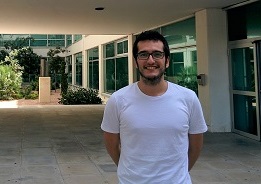
During the last few days, the news has been giving many headlines to the conflict of subsidised private education. Today, we explain the differences it holds with public education
25 may 2016
Many articles and pieces of news have been written recently on the conflict there is with subsidised private schools. The key of the problems lays in the new educational policies passed by the Valencian Government, which bring a re-adjustment of enrolment and allocation rules of 18 school districts within the city of Valencia.
The idea behind this reallocation is to promote schools in the neighbourhoods as it is good for children to attend schools close to their homes. The conflict, however, lays in the fact that this may affect the parets’ decisions on where to educate their children.
However, with so many articles on schools, it is important to clarify the basic concepts which provide a better understanding of both the general educational environment and this specific conflict. The most important one is: What is a subsidised private school?
Spanish schools can be divided according to two basic criteria: administration and financing. The different combinations provided by these concepts result into three categories: private schools, public schools and subsidised private schools.
- A subsidised private school is halfway between a public and private school. Its administration is private, but its founding is mostly public, it also receives occasional contributions by parents whose children study in those schools.
- Facing this concept we find the terms “public school” and “private school”. The public school is financed with public funds and is administrated by local public entities. This is why, these schools have limitations regarding the number of places, financing and timetables assigned by the Central Government.
- On the other hand, a private school is financed and administrated by private entities, whatever their nature may be. These schools have certain academic and schedule liberty, but they need to be framed within state regulation regarding all schools.
In this sense, public schools are secular by state regulation. On the other hand, private schools can choose to be secular or not, according to the entity which directs them. In subsidised private schools this is different. The private entities that administrate them can be of different natures, however, in Spain, most of them belong to the Church. Other examples include entities like cooperatives, which also use this educative model.
Subsidised private education is halfway between public and private education, but as they are financed by the State, all tax payers pay for it, just like public education. In public education, the access criteria are open and the places are allocated according to rules established by the State. Differently in subsidised private schools criteria are more restrictive, an inequality the Valencian Government intends to stop.










